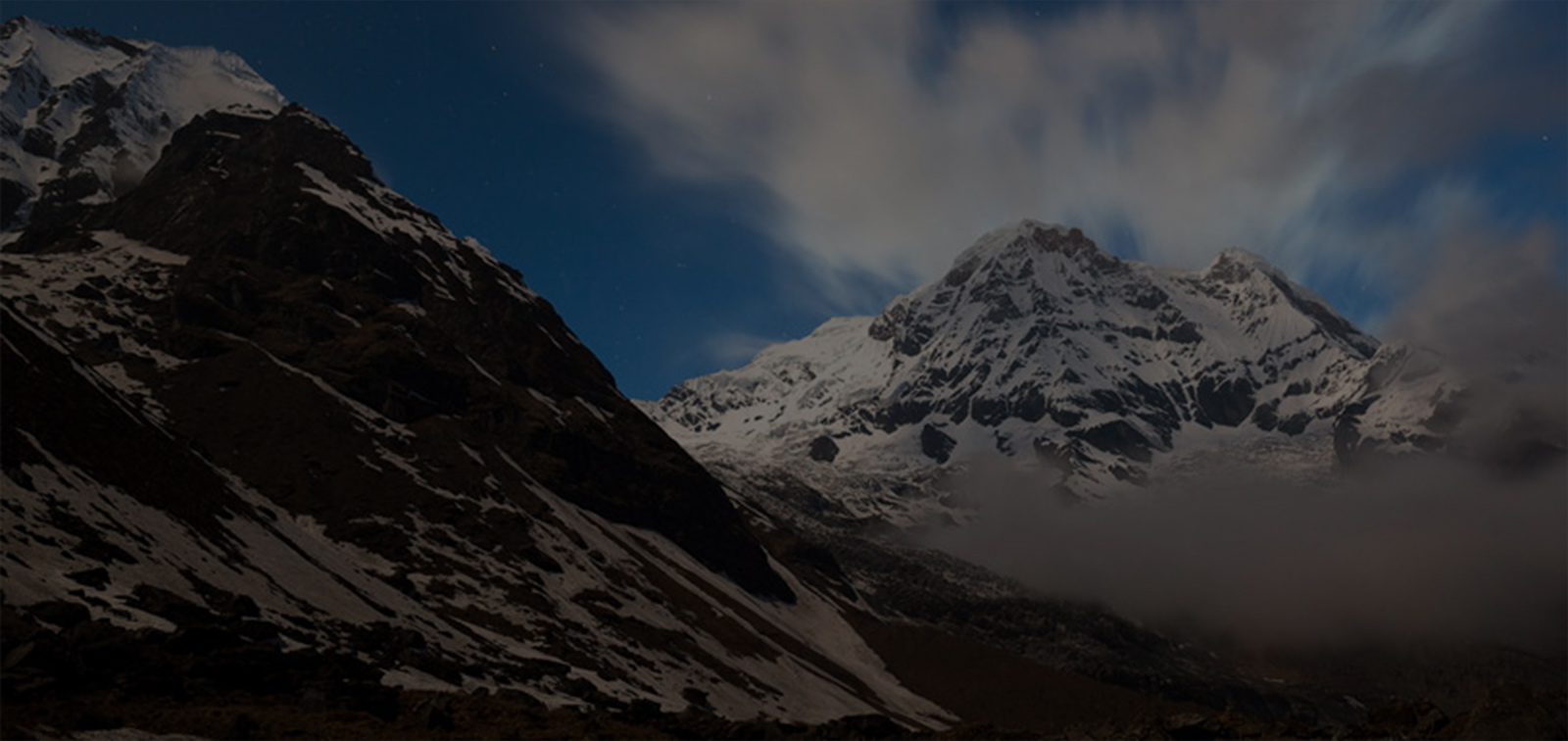Food
Nepalese cuisine is as diverse as the country's cultural and geographical landscape, with a rich tapestry of flavors, ingredients, and culinary traditions influenced by ethnicity, soil, and climate. While dal bhat tarkari remains a staple dish enjoyed throughout Nepal, there is a delightful array of flavors and specialties that showcase the country's gastronomic diversity.
At the heart of Nepalese cuisine is dal bhat tarkari, a wholesome and nutritious meal consisting of lentil soup (dal), served over boiled rice (bhat), accompanied by a variety of vegetable curry (tarkari) and condiments like chutney or achaar. This quintessential dish provides a balanced combination of proteins, carbohydrates, and vitamins, making it a mainstay in Nepalese households across the country.
In the hilly regions of Nepal, where rice cultivation may be challenging, alternatives like dhindo, a thick paste made from millet or buckwheat flour, are commonly consumed. Similarly, in the northern regions, tsampa, made from roasted barley flour, is a staple food, often mixed with Tibetan butter tea to create a nourishing meal.
Roti or chappati, unleavened bread made from wheat flour, is another frequent addition to meals, particularly in the Terai region. It serves as a versatile alternative to rice and pairs well with a variety of curries and vegetable dishes.
Nepalese cuisine also features a fusion of flavors from neighboring countries, with dishes like momo (dumplings) and chowmein (stir-fried noodles) reflecting Chinese and Tibetan culinary influences. These dishes have become popular street foods enjoyed by locals and tourists alike.
During special occasions and festivals, Nepalese households prepare a variety of traditional delicacies to celebrate the festivities. These include sel roti (rice flour bread), patre (steamed leaf rolls), dahi-chiura (curd and beaten rice), yumori (spiced meat skewers), and sweets like tas (rice flour and jaggery dessert).
In urban centers and tourist hubs, international cuisines are readily available, with restaurants offering a diverse range of dishes to cater to the tastes of travelers from around the world. Whether enjoying traditional Nepalese fare or exploring global culinary delights, dining in Nepal is a flavorful and memorable experience that reflects the country's rich cultural heritage and gastronomic diversity.
Drink
While trekking in Nepal, it's important to prioritize safe drinking water to avoid potential health risks. Tap water in remote areas may not be reliably purified, so it's advisable to either purify it yourself or opt for bottled mineral water, which is readily available in lodges and teahouses along trekking routes. Alternatively, buying boiled water can be a cost-effective and safe option for obtaining clean drinking water during your trek.
To stay hydrated, you can also consume plenty of tea or hot lemon drinks, which are commonly served along trekking routes. Nepali tea tradition typically includes milk and sugar, but you can also request pure black tea or ginger tea to suit your preferences.
For those looking to enjoy alcoholic beverages, Nepal offers a variety of options. Local brands like Star, Golden Tiger, Iceberg, and Gold are available in 650ml bottles, while international brands such as Tuborg, Carlsberg, San Miguel, Kingfisher, Guinness, and Shinga are also brewed and distributed in Nepal. Canned beers are available for those who prefer the convenience of carrying beer on their trek. Additionally, local alcoholic beverages like Raksi, ailla, Chyang (rice beer) and international spirits are also available for purchase.
For non-alcoholic options, Nepal offers a range of soft drinks from international brands, all locally produced and distributed in bottles. In towns, you can also find Lassi, a traditional North Indian beverage made by blending yogurt with water, salt, and spices until frothy. Sweet lassi, flavored with sugar, rosewater, lemon, mango, or other fruit juice, is a popular variation enjoyed by locals and travelers alike.





















